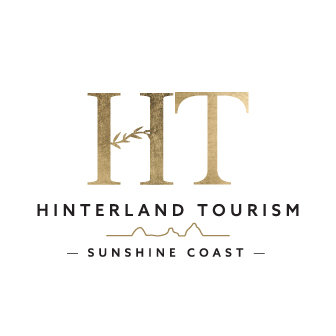
Beerwah
Beerwah
Beerwah, Sunshine Coast Hinterland, is one of the larger towns dotted throughout the Glass House Mountains area and offers a down-to-earth atmosphere with all the facilities you might need for a comfortable stay.
Beerwah has two major attractions that have put it on the map for international visitors: one is Mount Beerwah, the largest of the Glass House Mountains, and the other is Australia Zoo, made famous by the Crocodile Hunter Steve Irwin.
Spectacular Mount Beerwah presides over the town like an ever-watchful mother. If you’re an experienced climber, you will enjoy the challenge of her steep ascent and the reward of panoramic views across the Sunshine Coast from her summit.
History
Beerwah Sunshine Coast Hinterland.
The original town site for Beerwah was located on the Gympie Road crossing of Coochin Creek. Gympie Road was established in the late 1860s to provide a road between Brisbane and Gympie, where the local goldfields attracted thousands of miners. The town of Beerwah rapidly expanded as settlers took up land selections from 1877 and through the 1880s. Timber was cut, land cleared, and fruit planted.
Timber-cutter John Simpson built the Coochin Creek Hotel around 1881 and provided land for the Coochin Creek Provisional School in 1888. The North Coast Railway was constructed to the east of where Gympie Road crossed the creek and the location of the original settlement in 1890. As a result, the town developed in proximity to the railway station, rather than the original settlement.
By 1911, the town had a population of 92. Like much of the Council area, the town included a sawmill, which was erected in 1900 near the railway station. The Beerwah State School was erected in 1914. A School of Arts was built in 1915, and a new railway station was also built around this time. John Simpson built another hotel closer to the railway station in 1915 (later demolished, now the site of the shopping centre in Simpson Street). Farming in the district gravitated towards pineapples, tobacco and bananas. Additional land was opened up for farming during World War I, and following the establishment of soldier settlement schemes in the 1920s (although these were ultimately unsuccessful and the associated population increase was relatively short-lived). Fruit farming and timber remained the mainstay of the town’s economy for most of the 20th century.
Tourism has also been an important part of Beerwah’s history. The Beerwah Hotel was built in 1937 and was designed by the architect Archie Longland. The hotel was located on the opposite side of the railway to the earlier hotel and town centre, taking advantage of the newly-constructed Bruce Highway. The highway was built as a tourist road and hotels along its length especially catered for short stay tourists driving along the road and on to the Sunshine Coast hinterland. Tourism is now a major industry with the nearby Australia Zoo attracting international and domestic visitors, and a National Park also close by.
History Source - 'Thematic History of the Sunshine Coast', Sunshine Coast Heritage Study, Sunshine Coast Council, August 2019


